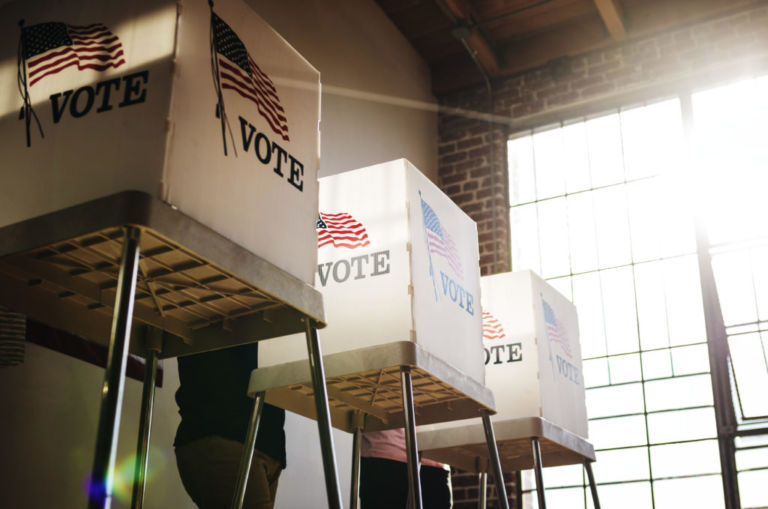Nobody doubts that North Carolina’s colleges, universities, and community colleges are valuable resources for the state. Still, these institutions incessantly bang the drum heralding their own value—complete with studies filled with shaky methodology and questionable numbers. Especially during the legislative budget session. The real effect is to make one question any information that comes out of the higher education establishment.
On Wednesday, the University of North Carolina system, the North Carolina Community College System, and the North Carolina Independent Colleges and Universities organization held a press conference/dog-and-pony show presenting a $450,000 study that trumpets their alleged economic impact on the state. In the materials presented to the assorted officials and media members who attended the event at the RTP headquarters, there was scant mention of such vital economic principles as “marginal” costs and benefits. We all know there is a general benefit to making sure the state’s top high school students have access to college; we are less certain that filling up colleges with marginal students—the ones with the low test scores who never cracked a book throughout high school—has any benefit. Indeed, sending such students to academic institutions instead of directing them to other endeavors to prepare for adulthood may serve as a drag on the economy and on the economic lives of the students themselves.
Yet, in this new study all students are lumped together, clouding the picture to the schools’ advantage. Another example of the study’s shaky methodology ignores a very basic principle: correlation does not equal causation. The example claims that for every $1 spent on North Carolina on higher education, taxpayers are rewarded with $7 in lowered state expenditures on health care costs, incarceration, unemployment, and other social problems. Of course, college attendance very likely has little to do with much of these savings: the same young people who complete college at an early age are very often the ones with lots of ability, drive, and common sense. Such people tend to make wise choices whether they attend college or not.
The producer of the report, Economic Modeling Specialists International, has conducted 1,500 such studies in the last 15 years. I wonder how many of their customers would have paid if they were not implicitly assured of the results beforehand? That is not to say it was written into the contract, but you can be sure that EMSI’s reputation for producing desirable results precedes them.
This is not the first time I have encountered a suspect report touting the benefits of higher education. And such studies are not limited to higher education; John Locke’s Roy Cordato recently ripped apart a similar study on transportation infrastructure. It was funded by the same North Carolina Chamber Foundation that put up much of the money for the higher education study, and the transportation study similarly appeared just after the start of the legislative session.
The sad thing is that the state’s decision-makers often fall for these reports that are at heart more propaganda than objective research, resulting in unnecessary state spending increases. Although one suspects that, at times, they aren’t really falling for them but are using them to provide cover for spending increases they wanted to make all along.


